What are the 4 parts definition of a mineral?
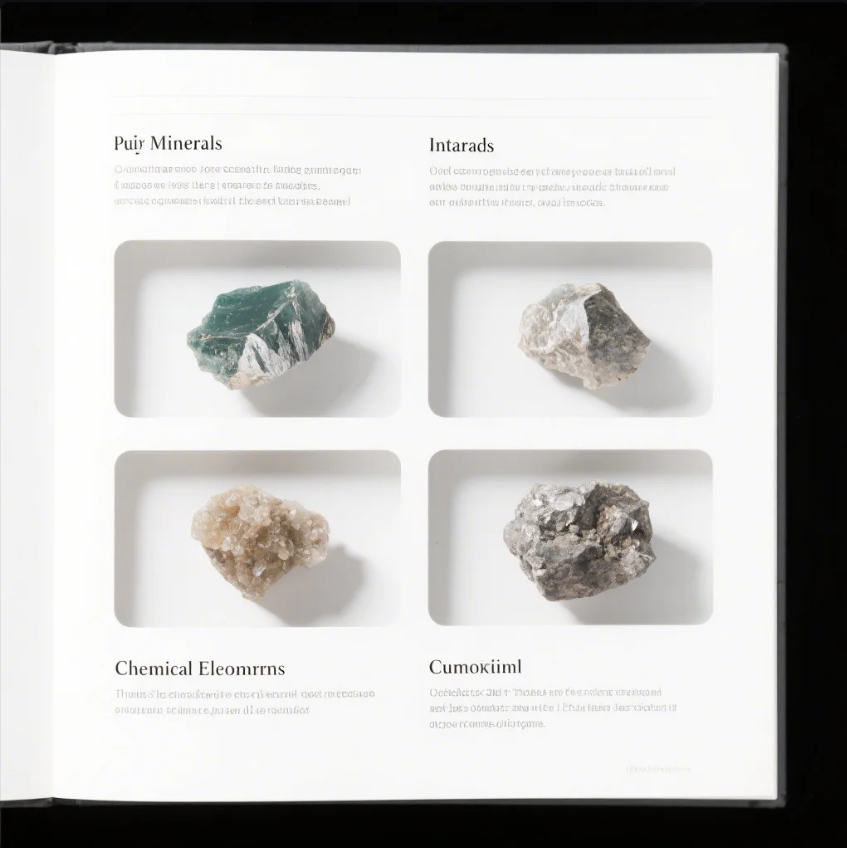
Defining a mineral can sometimes be confusing, but scientists have agreed upon four key characteristics that any substance must meet to be considered a mineral. In this article, we’ll explore these four essential parts.
Snippet paragraph: Discover the four key criteria that define a mineral, and why these characteristics are critical for identifying and classifying minerals.
Transition paragraph: Let’s dive into what makes a mineral a true mineral, and how these four components help us classify them.
What is the four-part definition of a mineral?
To be classified as a mineral, a substance must meet four main criteria: it must be naturally occurring, inorganic, solid, and have a defined chemical structure. Each of these characteristics is essential for distinguishing minerals from other substances in nature.
Snippet paragraph: A mineral must be naturally occurring, inorganic, solid, and have a specific chemical structure to be classified as a mineral.
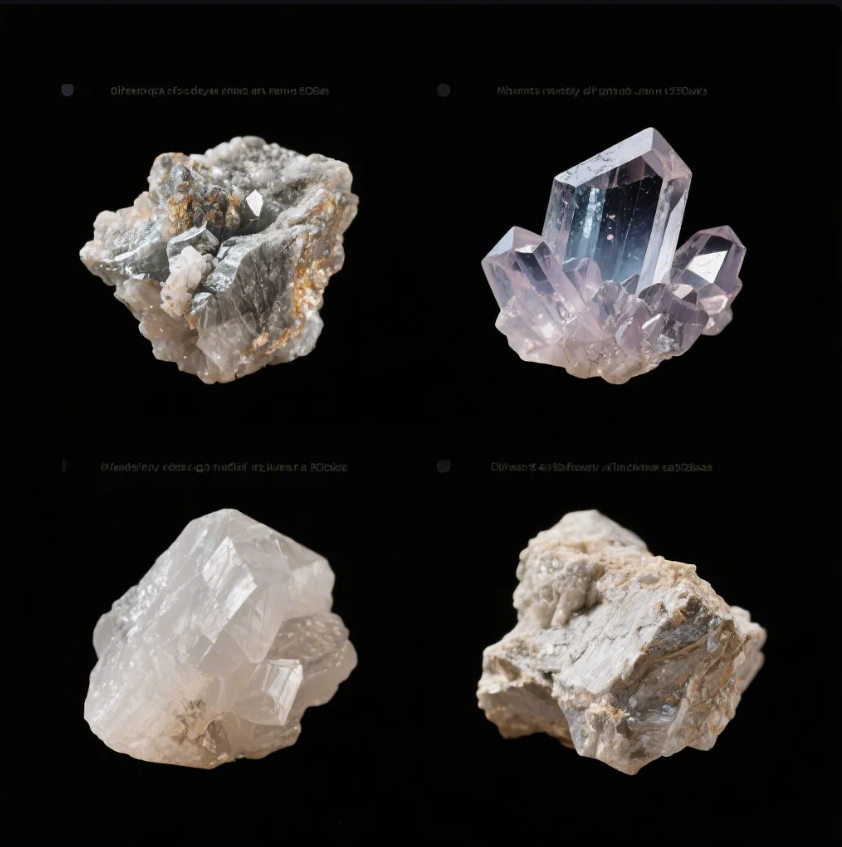
Dive-Deeper paragraph: The first part of the definition, naturally occurring, means that a mineral forms through natural geological processes without human intervention. Minerals are formed deep within the Earth or on its surface by natural forces such as heat, pressure, or cooling. For instance, quartz forms in volcanic rocks as magma cools and hardens.
The second part is inorganic, meaning minerals cannot come from living organisms. While organic substances like coal or oil come from once-living material, minerals are not derived from any form of life. The third characteristic is that a mineral must be solid at room temperature. This is in contrast to liquids or gases, which are not considered minerals.
Finally, minerals must have a specific chemical structure, meaning they are made up of atoms arranged in an orderly, repeating pattern. This arrangement of atoms defines the mineral's properties and is the reason why minerals like diamond and graphite, though both made of carbon, behave very differently.
Table: The Four Parts Definition of a Mineral
| Criterion | Description |
|---|---|
| Naturally Occurring | Forms without human intervention |
| Inorganic | Not derived from living organisms |
| Solid | Must be solid at room temperature |
| Specific Chemical Structure | Atoms arranged in a repeating, orderly pattern |
What are the 4 criteria for a mineral?
The four main criteria that define a mineral are its natural occurrence, inorganic origin, solid state, and specific chemical structure. These criteria form the foundation of mineral classification.
Snippet paragraph: Minerals are defined by four essential criteria: natural occurrence, inorganic origin, solid state, and a specific chemical structure.
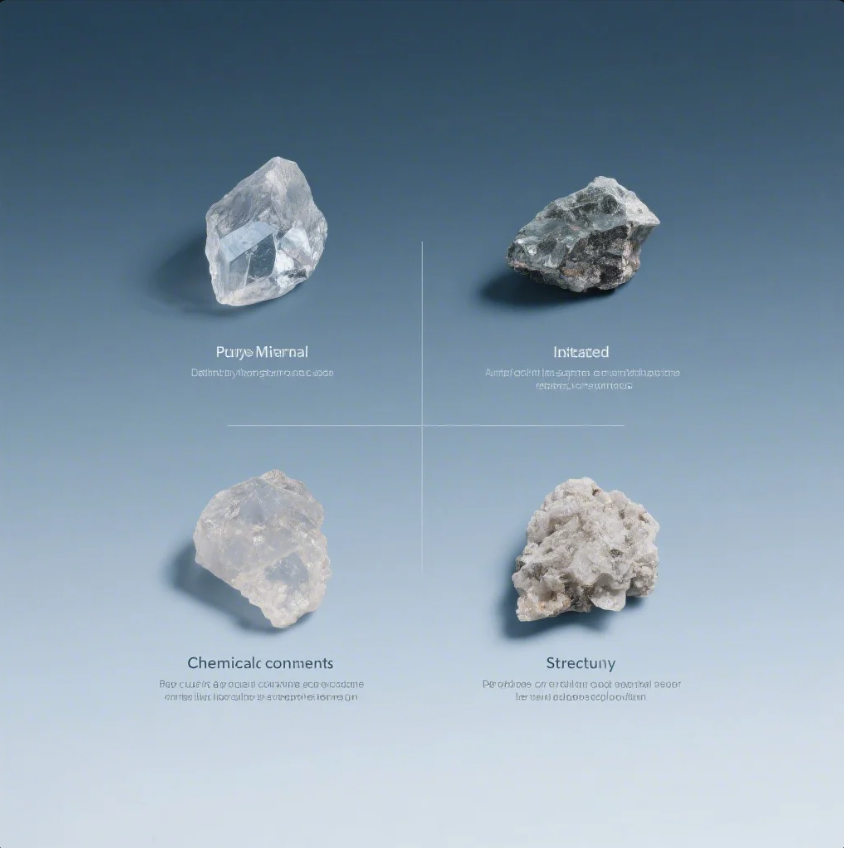
Dive-Deeper paragraph: Natural occurrence means that minerals are not artificially created. They must be formed by natural geological processes, such as through the cooling of magma or the evaporation of water. Inorganic origin ensures that minerals do not come from biological processes. For example, limestone is made of the mineral calcite, which forms from the accumulation of marine organisms, but it is not itself organic.
The solid state requirement ensures that minerals are stable at normal environmental temperatures. This is why water and gases like oxygen are not considered minerals. Finally, the specific chemical structure of minerals means that their atoms are arranged in a precise, repeating pattern. This crystalline structure is what gives each mineral its unique physical properties, such as hardness, color, and luster.
Table: The Four Criteria for a Mineral
| Criterion | Explanation |
|---|---|
| Natural Occurrence | Formed by natural processes |
| Inorganic | Cannot be from biological origin |
| Solid | Must be solid at room temperature |
| Specific Chemical Structure | Defined by the arrangement of atoms in a pattern |
What are the 4 things that make a mineral a mineral?
A substance becomes a mineral if it meets four basic conditions: it must be naturally occurring, inorganic, solid, and have a crystalline structure. These qualities make a substance recognizable and distinguishable as a mineral.
Snippet paragraph: A substance becomes a mineral if it is naturally occurring, inorganic, solid, and has a crystalline structure that defines its properties.
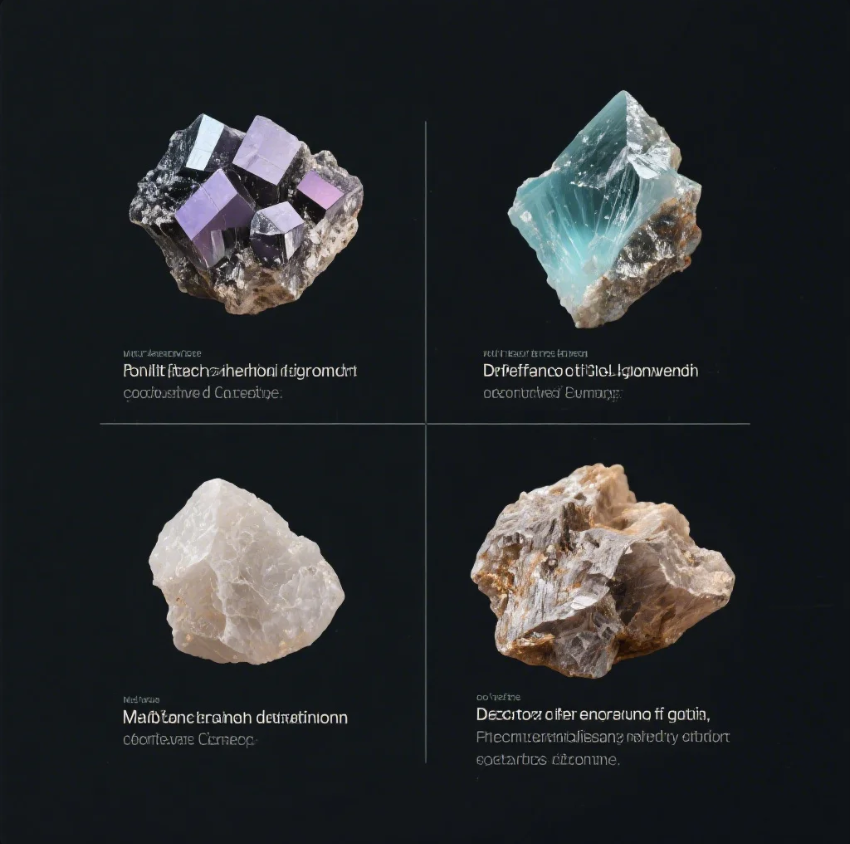
Dive-Deeper paragraph: To expand on the four key characteristics: naturally occurring refers to the fact that minerals form without human influence. For instance, minerals like amethyst and quartz are the result of natural processes like cooling lava or the evaporation of water. The inorganic part of the definition means that minerals are not products of living organisms. Solid means that a mineral maintains its shape at standard temperatures and is not liquid or gas.
The last defining feature, crystalline structure, refers to how the atoms in a mineral are arranged in a specific pattern that repeats throughout the material. This orderly structure is critical because it gives minerals their distinctive properties, such as crystal shape and hardness. For example, the atoms in a diamond are arranged in a rigid structure, making it the hardest known natural material.
Table: Four Essential Features That Define a Mineral
| Feature | Explanation |
|---|---|
| Naturally Occurring | Forms through natural geological processes |
| Inorganic | Not produced by living organisms |
| Solid | Must be solid at room temperature |
| Crystalline Structure | Atoms arranged in an ordered, repeating pattern |
What are the 4 main mineral groups?
The four main groups of minerals are silicates, carbonates, oxides, and sulfides. These groups are based on the chemical composition of the minerals and how their atoms are arranged.
Snippet paragraph: There are four main mineral groups—silicates, carbonates, oxides, and sulfides—each with distinct properties and uses.
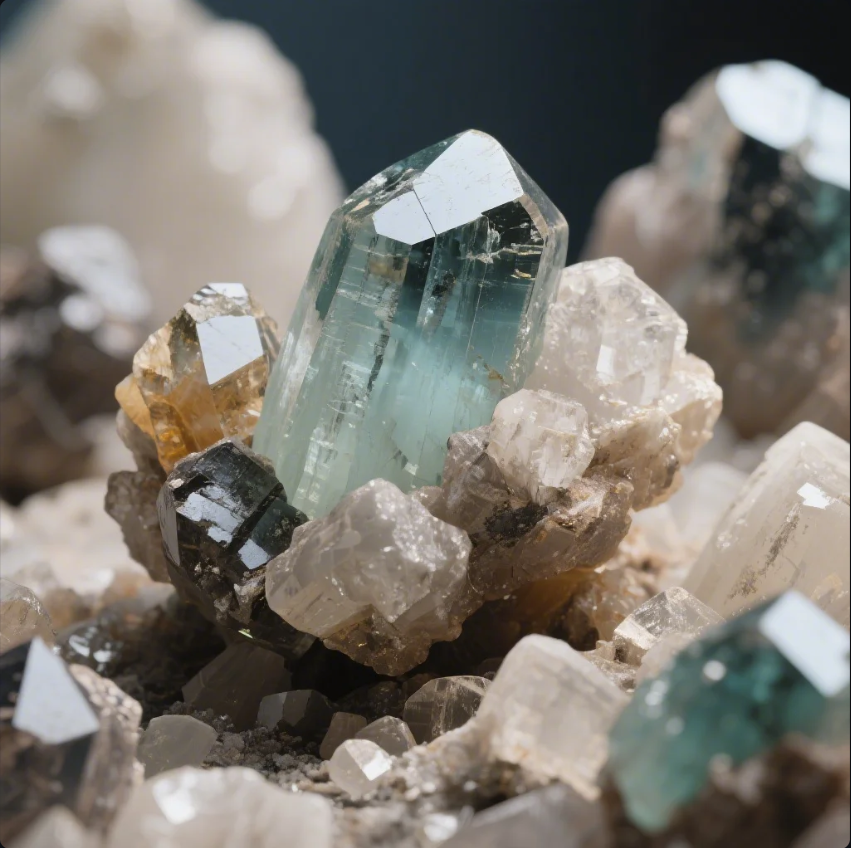
Dive-Deeper paragraph: Silicates are the largest and most important mineral group. They contain silicon and oxygen, and examples include quartz, feldspar, and mica. Silicates are abundant in Earth's crust and are key components of many types of rocks. Carbonates, such as calcite and dolomite, are minerals that contain carbonate ions and are often found in sedimentary rocks.
Oxides are minerals that contain oxygen and a metal, such as hematite and magnetite. These minerals are vital as ore sources for metals like iron and aluminum. Sulfides, like pyrite and galena, contain sulfur and a metal. These minerals are often used as ores for metal extraction and can be found in various geological environments.
Table: Four Main Mineral Groups
| Mineral Group | Example | Composition | Importance/Use |
|---|---|---|---|
| Silicates | Quartz, Mica | Silicon + Oxygen | Most abundant, used in rocks and construction |
| Carbonates | Calcite, Dolomite | Carbonate Ions | Cement, glass production, sedimentary rocks |
| Oxides | Hematite, Magnetite | Oxygen + Metal | Ore sources, iron and aluminum extraction |
| Sulfides | Pyrite, Galena | Sulfur + Metal | Metal ores, industrial applications |
Conclusion
The four-part definition of a mineral—naturally occurring, inorganic, solid, and having a specific crystalline structure—provides a clear framework for identifying minerals. Whether you’re studying geology, working in the mining industry, or simply curious about the Earth’s building blocks, understanding these four key criteria will help you classify and identify minerals accurately. If you’re looking for premium minerals for industrial or research purposes, Shandong Prime International Trade Co., Ltd. offers high-quality minerals and metal products that meet international standards. Contact us today for a customized quote and professional consultation!







